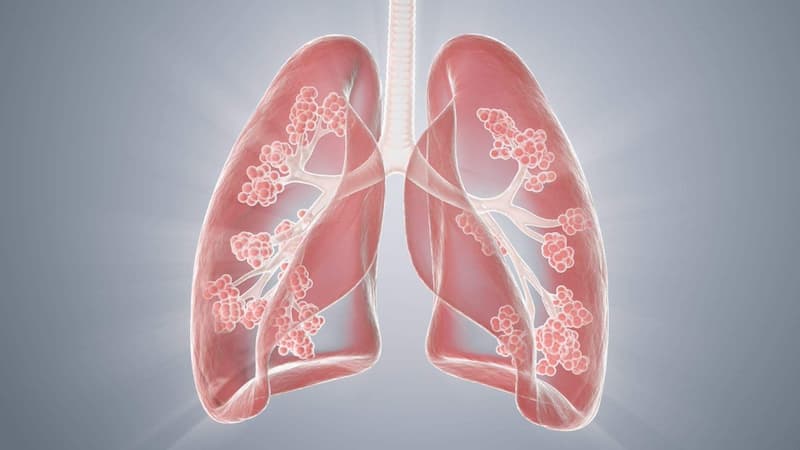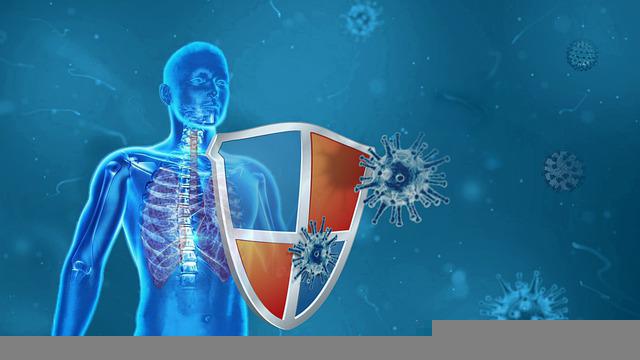You and your doctor may decide to have one of your lungs removed due to cancer or other health issues. Most of the time, a healthy lung should be able to provide your body with enough oxygen and remove enough carbon dioxide to keep it functioning properly. But, can you survive with one lung? Let’s see…
Table of Contents
What Is A Pneumonectomy?
To have one of your lungs removed surgically is called a pneumonectomy. The entire lung is removed during surgery. Some lung cancer operations only remove a portion of the lung.
Pneumonectomy is a surgical option for mesothelioma and lung cancer. When lung tissue has been overrun by tumors, it is advised by medical professionals. Pneumonectomy may be the only treatment option if the cancer is stage 2 or stage 3.
However, patients must be in good enough health to survive following a pneumonectomy. It can be hard to breathe with only one lung. The remaining lung has to work harder to maintain the respiratory system’s high level of performance.
The procedure to remove the mesothelioma from the lung is known as an extrapleural pneumonectomy. Doctors also remove the thin lining that surrounds the lung cavity in addition to the lung. The pleura is the term used to describe this tiny layer of fluid and tissue. It’s where pleural mesothelioma develops.
You’ll probably need physical therapy after having your lung removed. In the days, weeks, and months following a pneumonectomy surgery, this typically takes place in a hospital or an outpatient facility.
Exercises in breathing and regular physical activity, such as walking, are part of physical therapy for people who only have one lung. This increases stamina, improves breathing, and clears out fluid that accumulates in the extra space in your lung cavity after surgery.
How Does Traditional Pneumonectomy Work?
An expert surgeon will make an incision along the side of the patient’s body, then make additional cuts to some muscle to remove the patient’s lung. The surgeon will spread two ribs and remove the lung after making these cuts.
In some circumstances, the surgeon may need to cut into a rib in order to successfully remove the lung.
After the surgery (which will take several hours) is finished, a dressing will be placed over the lengthy incision that extends from under the patient’s arm around the back. A patient will stay in the hospital for a few days following a pneumonectomy so that doctors can closely monitor their vital signs and recovery.
To assist patients in removing fluid from their lungs that may have accumulated during surgery, doctors may prescribe breathing exercises.
How Do Vats Pneumonectomy Work?
The “VATS” procedure, also known as video-assisted thoracoscopic surgery, is occasionally used as a less invasive option to a pneumonectomy. All patients who require a lung removal cannot have this surgery because it requires much smaller incisions.
Patients with early-stage tumors outside the lung might be candidates for this procedure, but the majority of those patients who require lung removal would have to go through the conventional procedure.

Reasons For Why You Might Need To Remove A Lung?
The most typical cause is lung cancer. The lungs are typically where cancer first develops, but tumors from other parts of the body may also spread there.
Having a lung removed is not always necessary for people with lung cancer. For those whose tumors are particularly large or develop close to the center of the lung, it might be an option.
The following medical conditions may also require treatment with a pneumonectomy:
- Serious injury to your lung
- Lung disease you’re born with
- COPD
- Tuberculosis
- Fungal infection in your lung
- Bronchiectasis, when the walls of your airways get thick and scarred
Can You Survive With Only One Lung?
The lungs are important organs in the human body because they are in charge of supplying the body with oxygen and aiding in the expulsion of waste gases with each breath.
It is possible to live and function without both lungs, though having both is ideal. A person can still lead a largely typical life even with only one lung.
However, a person’s physical capabilities, such as their capacity for exercise, may be restricted by having one lung. Nevertheless, many athletes who lose the use of one lung may still be able to practice and compete in their sport.
The body adjusts to this change in a number of ways. For instance, to fill the space left by the missing lung, the remaining lung may slightly enlarge. The body will eventually learn how to compensate for the loss of oxygen.
A person will not have their full lung capacity as they did when they had two lungs, so they will probably need to learn to slow down and adjust to this change.
Although most people assume they will always be exhausted or won’t be able to breathe without one lung, this is typically not the case. The individual may need to gradually slow down their normal functions, but they ought to be able to live a reasonably normal life with just one lung.
Average Lung Removal Life Expectancy
Depending on their overall health and the condition of the other lung, a person can live a long time with only one lung. To adapt to having one lung, though, takes time. The fact that they tire out quickly after lung removal frustrates a lot of people. It will typically take weeks or months before you can carry out your normal activities without getting out of breath. Most of your prior activities should eventually be possible for you to engage in, though you might need to change how you go about them. If a golfer uses a cart, they can save their energy for long drives and may find the game more enjoyable than if they walked the course previously.
By taking good care of your remaining lung, you can improve your quality of life (and possibly even extend your lifespan). Avoid smoking and being around others who are smoking. Likewise, keep away from pollution exposure. On days with high pollution, that entails staying inside.
If you are having trouble breathing or have seen any infection-related symptoms, such as fever or a fresh cough, call your doctor right away. The health of your remaining lung will be preserved with the early detection and treatment of infections and medical complications.
It’s not simple to decide to have surgery to remove your lungs. The pros and cons of lung removal can be weighed by your doctor, who can also explain what life will be like with one lung. Given your underlying medical conditions and general health, your doctor may also be able to predict how long you will live.
How Long Can Someone Endure Having A Collapsed Lung?
Sometimes, a small pneumothorax or collapsed lung will resolve on its own with time. But you might also need to rest and receive oxygen treatments. A chest tube will probably need to be inserted if you have a significant pneumothorax. Depending on the cause, the prognosis for a collapsed lung varies.
What Is The Lung Cancer Survival Rate For Each Stage?
The five-year survival rate for lung cancer is at the SEER stage. 7 percent of patients with stage 4 or distant small cell lung cancer, which is the most common stage at which these cancers are discovered, survive. A 25% chance of survival exists for non-small cell lung cancer in all stages combined.
When Is Surgery Required For Lung Transplantation?
If a patient’s serious lung issues are no longer treatable or treatable with other treatments, a lung transplant operation may be advised. The patient’s life expectancy could be as low as 12 to 24 months without a lung transplant.
Conclusion
Is it possible to live with only one lung?
One lung can be absent and one can still function reasonably well.
Although the lungs are important bodily organs, some illnesses can make them inoperable or necessitate lung removal.
However, because every individual is unique and has unique needs related to their lung health and any other problems they may be experiencing, there are special considerations for each case.


